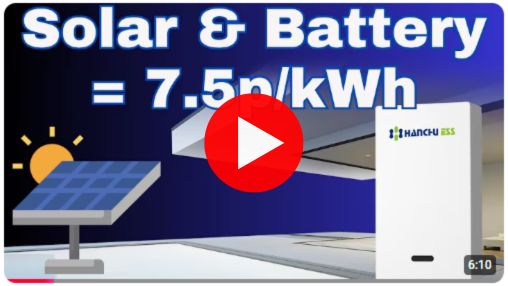In this HANCHU review, tech-savvy homeowner Artwell Mpofu – the mind behind the LetsGoElectric LGE YouTube channel, shares his experience running a fully electric home using solar, a heat pump, and a HANCHU energy storage system.
He explains how the system fits his setup, its day-to-day performance, and what others can learn from his hands-on journey.
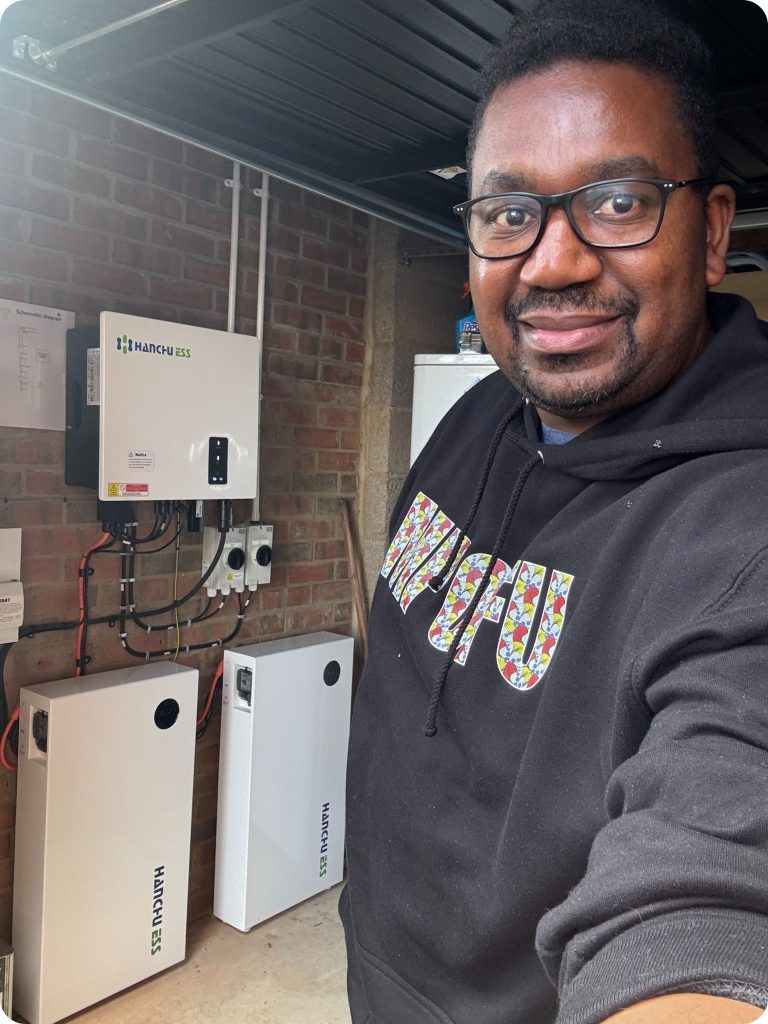
Above: Artwell’s fully electric setup includes a solar array, a complete HANCHU energy storage system, and a heat pump.
Q: Could you tell me a little bit about your home and your energy usage?
A: My home is designed to maximise clean energy usage and efficiency. According to Octopus Energy, our annual energy consumption is 17,000kWh – we run a fully electrified household as well as two electric vehicles covering around 2,500 miles each month.
My set-up is as follows:
▪️ 2x 9.4kWh HANCHU low-voltage batteries
▪️ 1x 3.68kW HANCHU hybrid inverter
▪️ 1x Pod Point EV Charger
▪️ 2,400W solar panel array
▪️ 4kW heat pump
We charge our HANCHU batteries overnight, using a cheaper off-peak tariff of £0.07/kWh, and use the stored energy throughout the day. Even with high EV mileage, this setup has significantly reduced our monthly bills. We export our solar-generated energy at £0.15/kWh, which is currently the most cost-effective approach.
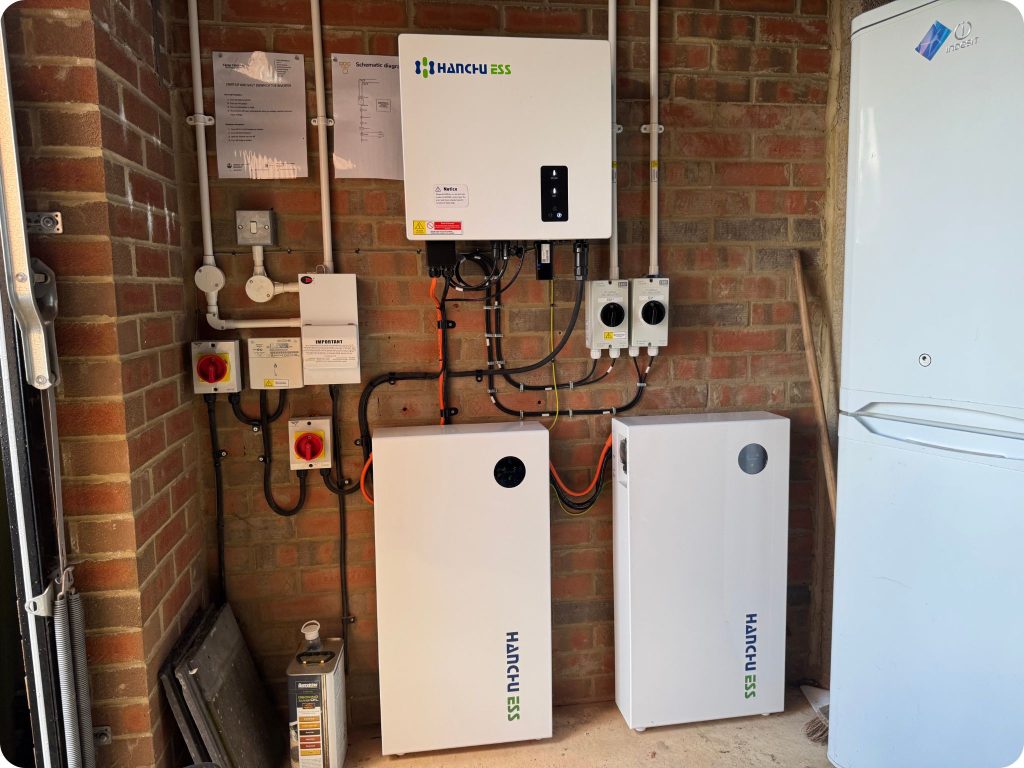
Above: Artwell’s HANCHU Setup includes 2 9.4kWh Low Voltage Batteries & a 3.68kW Hybrid Inverter.
Q: What’s your daily energy usage like, and how do you use your battery system?
A: Over the past 3 months, our electricity costs have averaged around £90 a month (~£3 daily), which includes running the entire house and both electric vehicles at high mileage.
This efficiency comes down to how we manage our HANCHU battery system. I charge overnight during off-peak hours and rely on stored energy during peak times. We rarely – if ever – draw energy during peak times at £0.28/kWh. This strategy has significantly cut our entire energy costs and shifted us toward smarter energy consumption.
We have found that overnight charging and exporting solar energy is the most cost-effective method for running our house (see above). I operate my system quite hands-on, actively deciding when to charge and when to export energy to the grid, so I guess my usage isn’t the most typical. I’ve been force-discharging to the grid and recouping around £30 a month. Using stored energy during peak times, I’m avoiding expensive rates and saving around £100 a month.
Q: How long do you estimate it’ll take to break even?
A: It’s a great question, and one that requires context. Based on my experience so far, I estimate my £8,000 system investment will break even between 3-5 years.
The reason for the shorter payback window is that my setup was relatively low-cost, especially for the 18.8kWh battery storage I get between the two HANCHU batteries. The solar panels were initially installed as more of a complementary feature, yet they’ve outperformed expectations, even with panels facing south-east and 2 north-east.
Q: What made you choose HANCHU over other brands?
A: HANCHU stood out to me as the best option for several reasons. One of the main factors was its lower MPPT start-up voltage, which made it far more compatible with my panel configuration compared to other brands requiring higher voltage thresholds.
They also offered a great selection of battery sizes at affordable prices, all within a single ecosystem. That was a key advantage for me – I didn’t want to mix brands of manage compatibility issues across suppliers.
HANCHU’s Blade Lithium battery technology was another highlight. It’s a newer innovation in the residential energy space, offering high performance at a more affordable cost per kilowatt-hour.
This combination of accessibility, smart design, and price point made Hanchu the clear winner for my home energy strategy.
Q: Did you have any doubts or concerns before buying, and did you compare with other systems?
A: Naturally, I had some doubts. HANCHU was a relatively new brand to me, and there’s always a concern that what’s advertised might not match the real experience. But those worries were quickly put to rest once the installation process began.
I compared a range of systems, including Tesla, Goodwe, Growatt, Enphase, SunSynk and GivEnergy. Each had its strengths, but HANCHU stood out in a few key areas.
One major factor was the MPPT start-up voltage range of 40V-530V, allowing me to capture more solar energy throughout the day. One other brand came close in this regard, but relied on high-voltage batteries less commonly available and with added complexity.
Q: Has the HANCHU system met your expectations?
A: Absolutely. It has exceeded them.
I’ve been consistently generating solar energy from as early as 6AM right through to 9PM with the HANCHU inverter, which is remarkable. Initially, I estimated an annual solar output of around 1,850kWh from my setup, but based on performance so far, I’m confident it’ll reach closer to 2,000kWh this year.
That level of generation from a relatively compact system has genuinely impressed and reinforced the value of making the switch to solar.
Having a unified, well-integrated system was important to me, and Hanchu ticked every box.
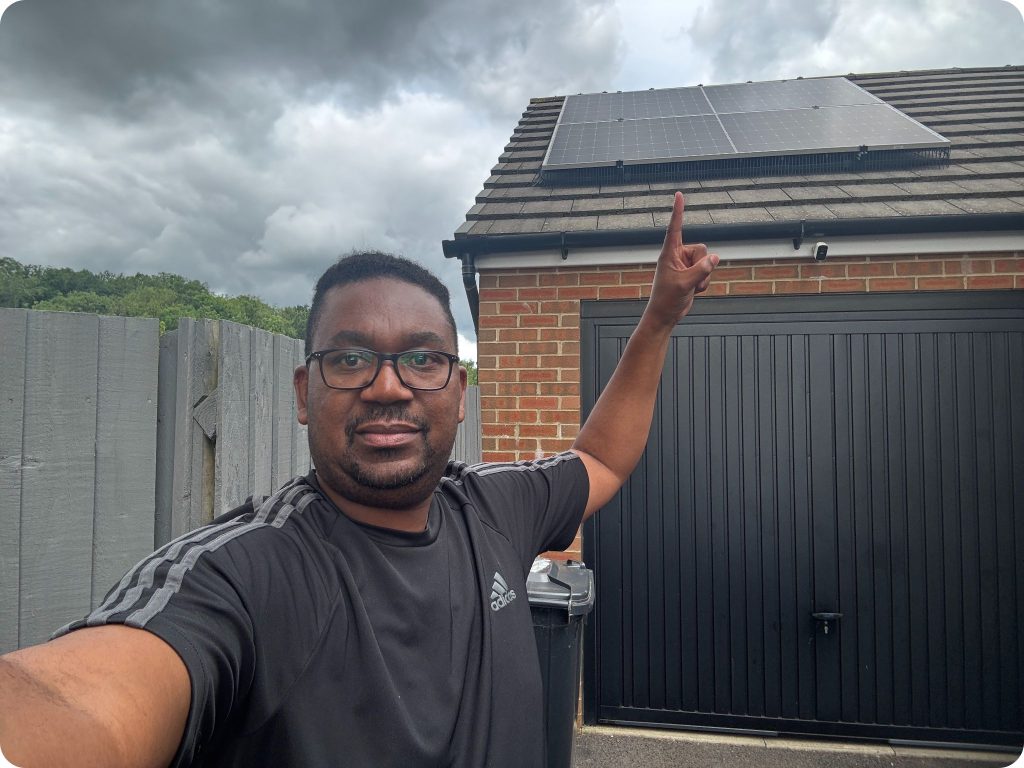
Artwell’s 2,000W solar array, estimated to yield an annual output of 1,850kWh.
Q: What is the biggest standout feature of your HANCHU system?
A: One standout feature is the HANCHU app. I appreciate how easy it is to monitor and adjust settings in real-time. The app is intuitive and makes battery management effortless, especially when it comes to discharging stored energy back to the grid.
It also includes AI integration, which I believe will become increasingly powerful over time. As the system learns your energy usage habits, it opens the door to smarter automation, predicting optimal charging cycles based on tariffs, weather, and typical usage – a potential game-changer in future energy management.
I use the HANCHU app to manually plan battery discharge depending on the system’s energy levels and our projected usage. The interface makes it easy to monitor, adjust, and optimise performance throughout the day.
During winter, my household usage can reach around 30kWh daily, so the app becomes even more crucial. Being able to control parameters such as discharging stored battery energy and exporting back to the grid, directly from the app, gives me great confidence.
Q: What’s been the biggest benefit to the HANCHU system so far?
A: The ability to shift away from expensive peak tariffs by using cheaper stored energy strategically. That change alone has had a major impact on our monthly energy bills, even with two EVs on the road and high household usage.
Plus, knowing we’re back by clean energy, generated on-site, is a great feeling. It’s not just about saving money – it’s also about building a future-proof system that works for how we live.
Q: How was your installation experience?
A: The installation process was straightforward, according to my local installer. The only initial hiccup was that they weren’t registered with HANCHU at the time of booking, which caused a slight delay. However, after completing HANCHU’s online training, they were quickly approved to commission the system with no issues.
That said, the support from HANCHU ESS was excellent – they responded quickly, guided the installer through the certification, and ensured the process ran smoothly. Their responsiveness and hands-on support really did stand out.
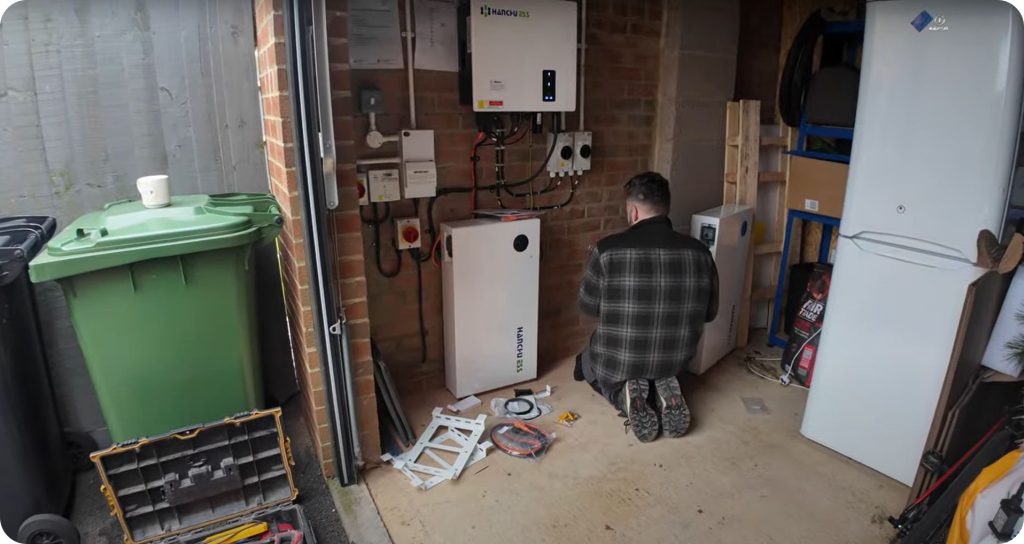
Above: Installing the second HANCHU 9.4kWh Low Voltage Battery.
Q: How is the HANCHU support, and have you interacted with any user communities?
A: Yes, I have engaged with the HANCHU community post-installation, mainly through their active Facebook group. HANCHU specialists regularly offer support and answer usage questions. It’s a valuable resource that’s helped me get even more out of my setup and stay connected with other like-minded users on the same journey.
Q: Overall, how happy are you with your HANCHU system?
A; I’m genuinely impressed with the HANCHU system – it’s delivered beyond my expectations. From the flexibility of the battery setup to the smart interface of the app, everything has come together to form a well-integrated energy solution. It’s helped streamline how we use power at home and made my transition to a fully electric lifestyle much smoother than I anticipated.
Even with two EVs in the household, my monthly electricity costs have averaged under £100 over recent months. The heat pump’s usage has been minimal, mainly heating water during off-peak hours and for about 30 minutes using stored battery energy. The smart energy strategy, backed by solar and battery integration, has made a noticeable difference to both efficiency and affordability.
Q: And finally, where can our readers continue following your journey?
A: I’ve been documenting my experience and energy savings on my YouTube channel to help others see what a setup like this can achieve. You can check out one of my comparison videos here.
It’s all part of my goal to share real-world insights and support others exploring sustainable energy!

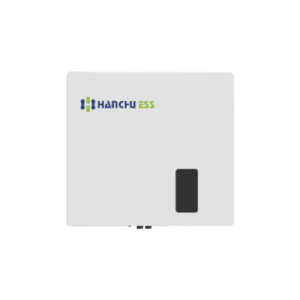 Inverters
Inverters
 Batteries
Batteries
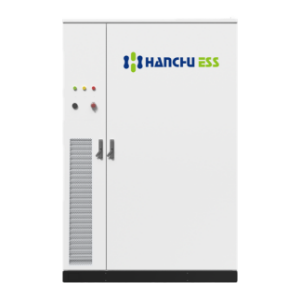 Commercial
Commercial
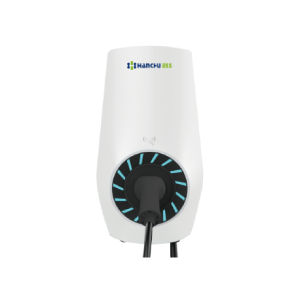 EV Chargers
EV Chargers
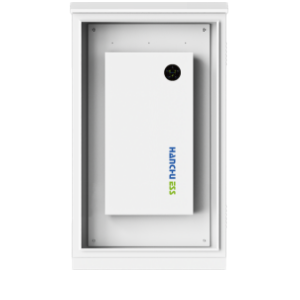 Accessories
Accessories
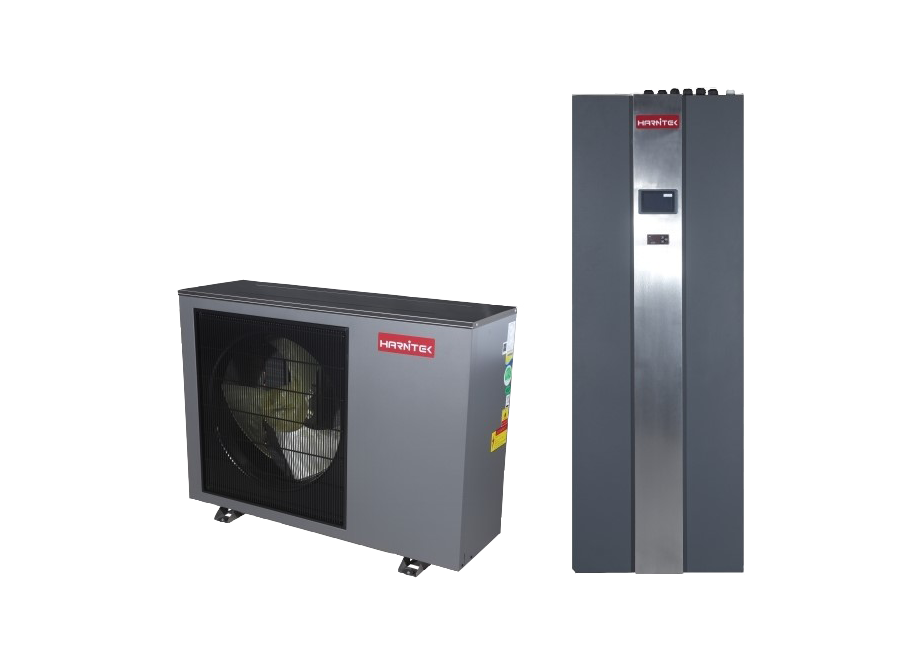 Heat Pumps
Heat Pumps
 Radiators
Radiators
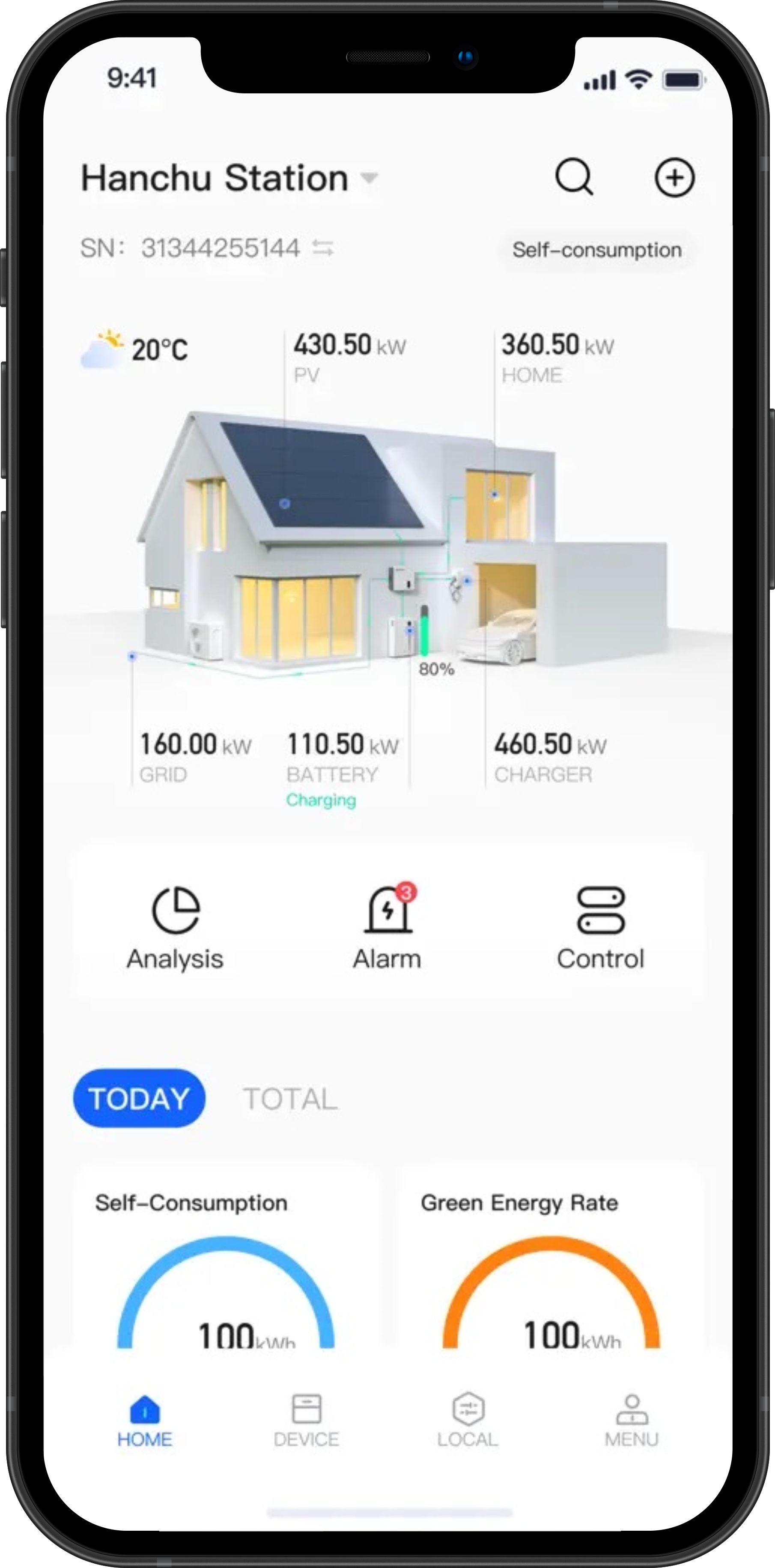 Greenlinx
Greenlinx
